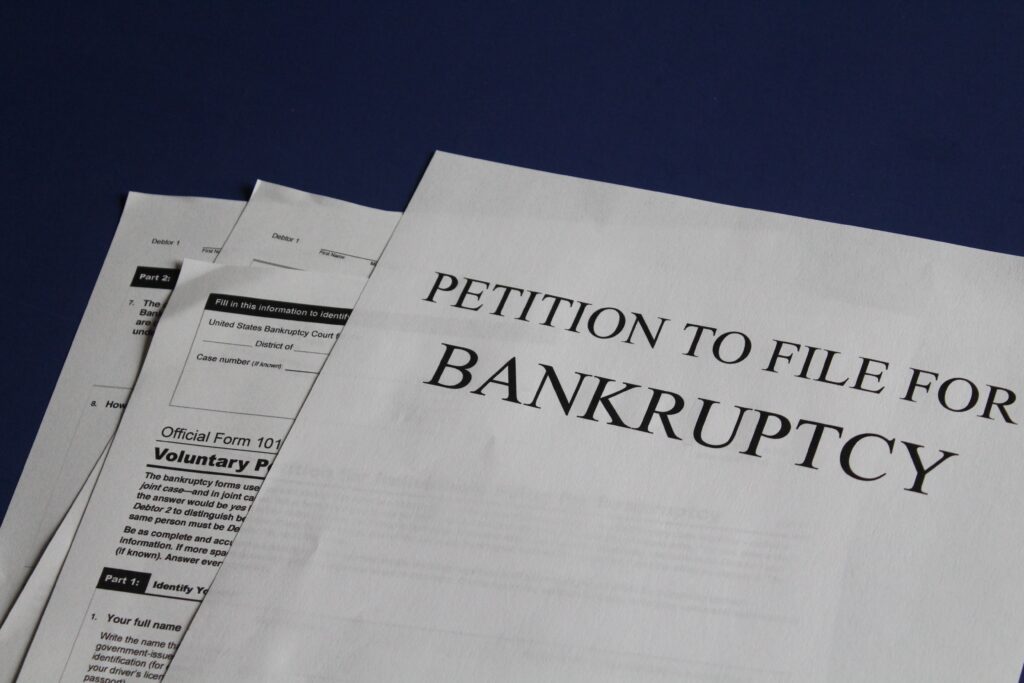Your Essential Guide to Bankruptcy and What To Do When Filing for It
 Bankruptcy can be a stressful and overwhelming process. But with the right information and guidance, it can also be a necessary step towards financial stability.
Bankruptcy can be a stressful and overwhelming process. But with the right information and guidance, it can also be a necessary step towards financial stability.
If you or someone you know is considering filing for bankruptcy, it’s important to understand the basics of the process and how to navigate it.
This guide will provide you with a comprehensive overview of bankruptcy, including the different types, eligibility requirements, and what to expect during and after filing.
What is Bankruptcy?
Bankruptcy is a legal process that allows individuals or businesses to eliminate or restructure their debts.
It’s often seen as a last resort for those facing financial hardship, but it can also provide a fresh start and a pathway towards financial recovery.
There are two main types of bankruptcy for individuals: Chapter 7 and Chapter 13.
Chapter 7 bankruptcy involves the liquidation of assets, while Chapter 13 allows for a repayment plan over a period of several years.
Eligibility Requirements
In order to file for bankruptcy, you must meet certain eligibility requirements.
For Chapter 7, you must pass a means test, which compares your income to the median income in your state.
If your income is below this threshold, you may qualify for Chapter 7. If not, you may need to file for Chapter 13.
Additionally, you must complete credit counseling within 180 days before filing for bankruptcy.
What to Expect During and After Filing
Once you’ve filed for bankruptcy, an automatic stay goes into effect, which stops all collection efforts from creditors.
The court will appoint a trustee to manage your case and oversee the liquidation or repayment process.
You’ll be required to attend a meeting of creditors, where you’ll be asked questions about your financial situation.
After the bankruptcy is complete, you’ll receive a discharge of debts, which means that you are no longer responsible for paying them.
Rebuilding Your Credit
Although bankruptcy can provide a fresh start, it will also have an impact on your credit.
Bankruptcy will stay on your credit report for up to 10 years, which can make it difficult to obtain credit in the future.
However, it’s still possible to rebuild your credit after bankruptcy. You can start by obtaining a secured credit card or a credit-builder loan and making timely payments to build a positive credit history.
It’s also important to check your credit report regularly to make sure that all information is accurate.
Final Thoughts
Filing for bankruptcy is a serious decision that should not be taken lightly.
However, with the right information and guidance, it can also be a necessary step towards financial stability.
If you’re considering bankruptcy, be sure to consult with a qualified bankruptcy attorney to understand your options and ensure that you’re making the best decision for your situation.
And remember, even though bankruptcy may impact your credit, it’s still possible to rebuild and achieve financial success in the future.
Category: Bankruptcy




